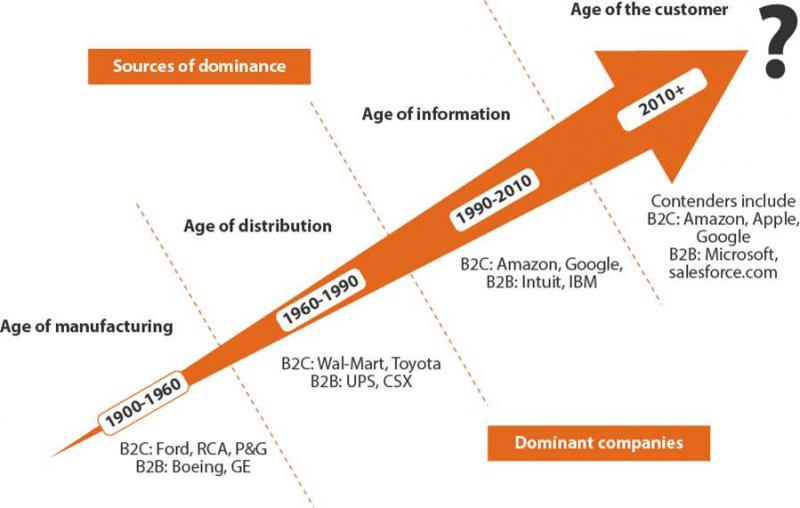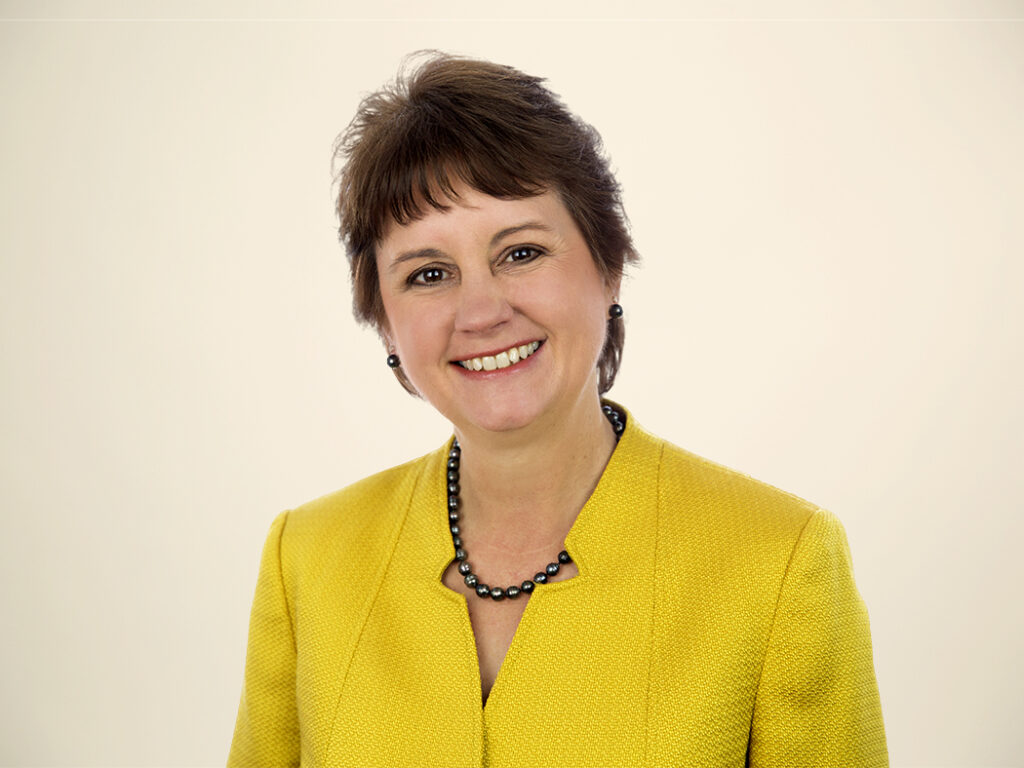How To Become Customer-Obsessed In B2B
In June 2011, Josh Bernoff revisited Michael Porter's competitive strategy work to show business has entered a new era where competitive advantage will come from obsessing over your best customers. In this seminal report (subscription required), Josh argued that the only way companies will stand apart from competition is by combining information, technology, and strategy to deeply understand customers and demonstrate that understanding through product, marketing, and service interactions.
The age of the customer is an idea that extends through much of Forrester's research. My teammates Tracy Stokes and Cory Munchbach describe its implications on brand and the customer life cycle. Melissa Parrish introduced us to the perpetually connected customer who thrives in this era, Ron Rogowski describes what it takes to meet their hyper-connected needs, and Bill Band explains why all this means that customer relationship management matters more than ever. This is terrific, relevant stuff, but it made me wonder about the implications of this age on businesses that engage primarily through a direct sales organization or indirect channels. 
In a report published last month, I explored the key investment areas where CMOs need to turn attention to help their firms become more customer-obsessed. B2B firms in particular require a new level of customer knowledge maturity to empower marketing — and employees at all levels — to deliver those error-free, consistent, cross-channel experiences that buyers demand. For many companies, this will be a long, sometimes-difficult journey. To get started, however, I think that there are a few things marketing leadership can propose and complete on a short, 60-day cycle that will move toward making customer centricity pervasive.
At the risk of sounding like one of those lists from GQ or Vanity Fair — that we'll pick up and browse during summer holidays to learn how to banish flab or find great fashions at a fraction of the price (c'mon you know you look at these, even if just waiting for a haircut or dentist appointment) — here are four ways to become more customer-obsessed before fall begins:
- Visit a customer. Take someone from service, delivery, or product development out to meet with customers face to face. Or bring a few customers in to have an informal discussion about new product ideas, to hear what bugs them most about your firm, or to talk about key challenges they expect to face in the second half of 2013 and beyond. Stay local if travel costs are an issue, but make it a point to personally connect with someone who uses and values your offerings.
- Bone up on industry. Learning how hospital administrators struggle to get physicians and caregivers to adopt electronic medical records really puts a specific, tangible perspective on buyer needs. Talking to vertical industries, you can't hide behind terms like "technical decision-maker" and "business decision-maker." Understanding what drives a specific industry can help your employees learn how to solve specific business problems better.
- Help sales prepare an RFP or contract. Set up a rotation so everyone gets a shot at figuring out what it takes to close a real deal. One way to scale this process is to hold a contest where sales nominates the "top 20 most difficult" questions they get from prospects. Best answers from development, tech support, or delivery teams win bragging rights as well as nominal prizes.
- Show your brand through customer eyes. Connect your employees to your brand history and heritage through the use of video and narrative. You don't have to get as ambitious as Xerox did with "A World Made Simpler," but helping your people understand who you are and what you stand for connects them to customers and lets them see how all you do helps clients succeed.
The summer months offer a bit of a respite from the challenging pace of business. As you look back at the first half of 2013 and adjust your objectives for the remainder of the year, plan a few ways for employees to spend more time with customers. The more you get to know them, the more that natural obsession over what customers do and how they could do it better will grow.
